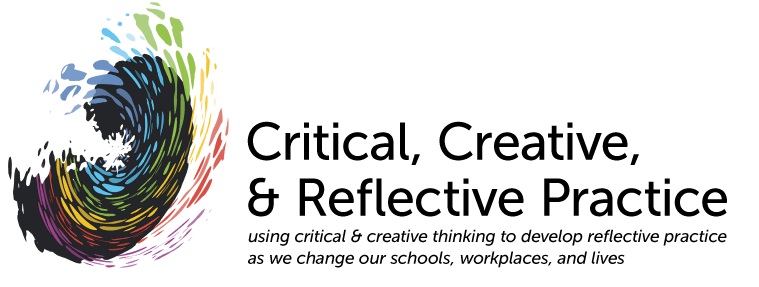WHAT is it?
At the heart of Problem Based Learning (PBL) is an ill-defined problem, an unresolved “murky” situation. PBL is predicated on the notion that trying to figure something out involves working with facts, ideas and concepts in constructivist ways and learning begins after you are confronted with an ill-defined problem statement. Applying problem-solving methodologies is stressed rather than simply finding a single “correct” answer.
WHO is it for?
PBL is for people interested in problem-finding as a means to problem solving. Characteristics include a propensity towards self-directed, reiterative, collaborative, self-reflecting, self-monitoring, authentic learning.
WHY use this method?
Create meaning for yourself through hands-on, inquiry-based, authentic learning. Enhances critical reasoning skills to use information wisely. The learner takes primary responsibility for what is learned and how while meaning is constructed through dynamic interaction with the information.
What is an “ill-defined” problem?
A problem has 3 stages:
1. the initial or present state in which we begin
2. the goal state we wish to achieve and
3. some set of actions or operations needed to get from the initial state to goal state.
In PBL the problem is ill-defined with respect to all three characteristics.
The initial situation
lacks information necessary to develop a solution or even to precisely define the nature of a problem.
Second, there is
no single right way to approach the problem.
Third, as new information is gathered, the
problem definition changes, sometimes by being refined, sometimes changing altogether with a new perspective.
Finally, you will never be 100% sure you have made the correct selection among solution options because
information will still be missing.
Associated pages
Source: Greenwald (1999)
(Original page by Mary Frangie)
